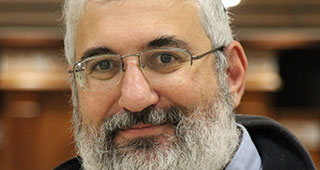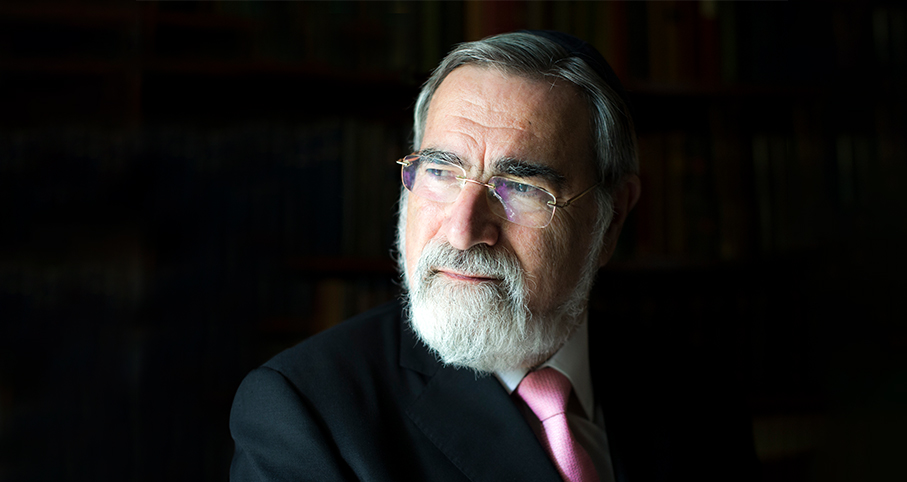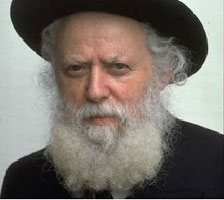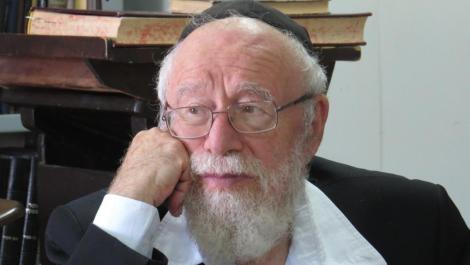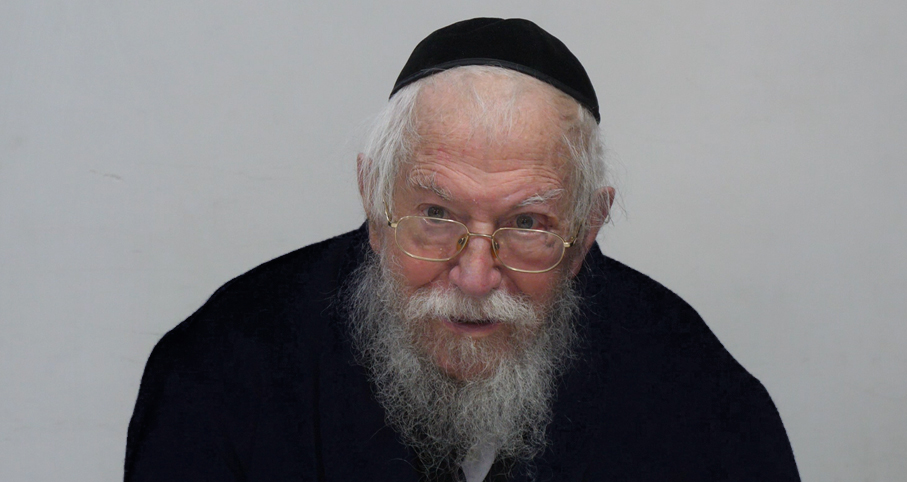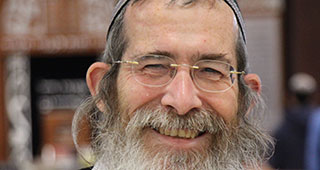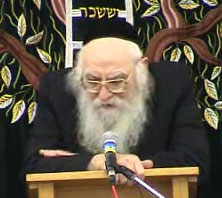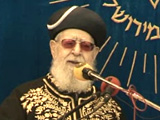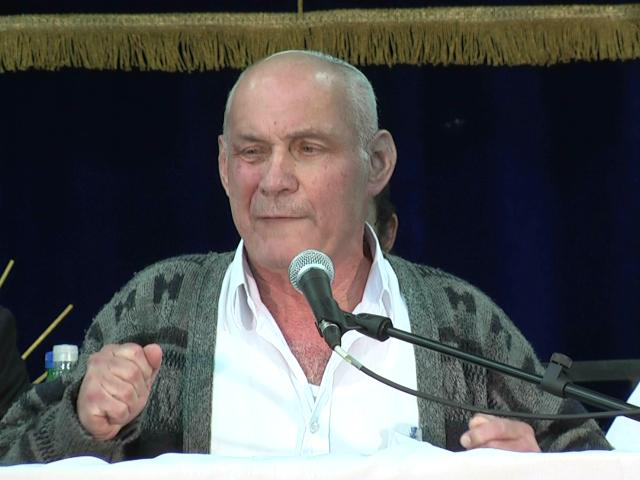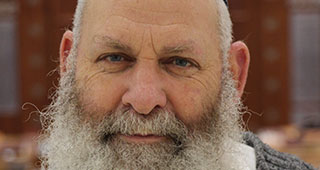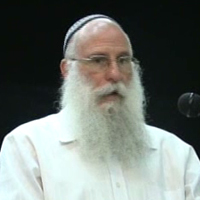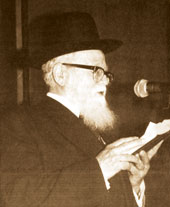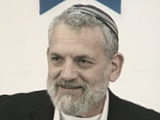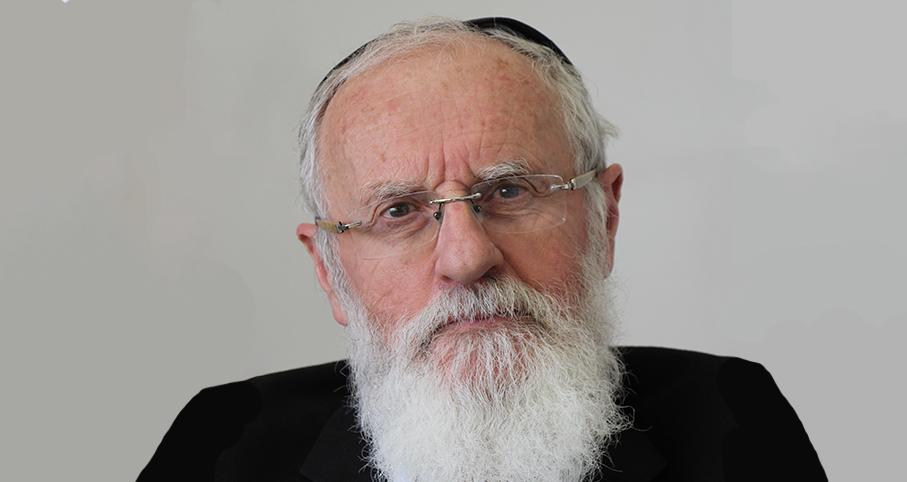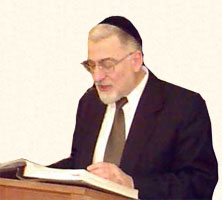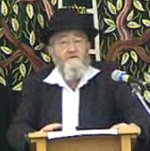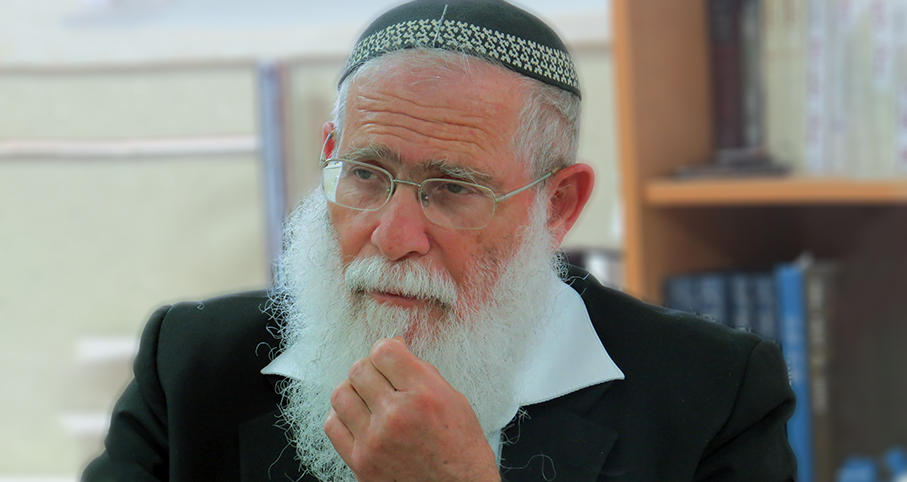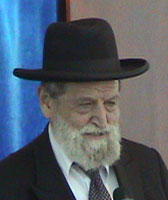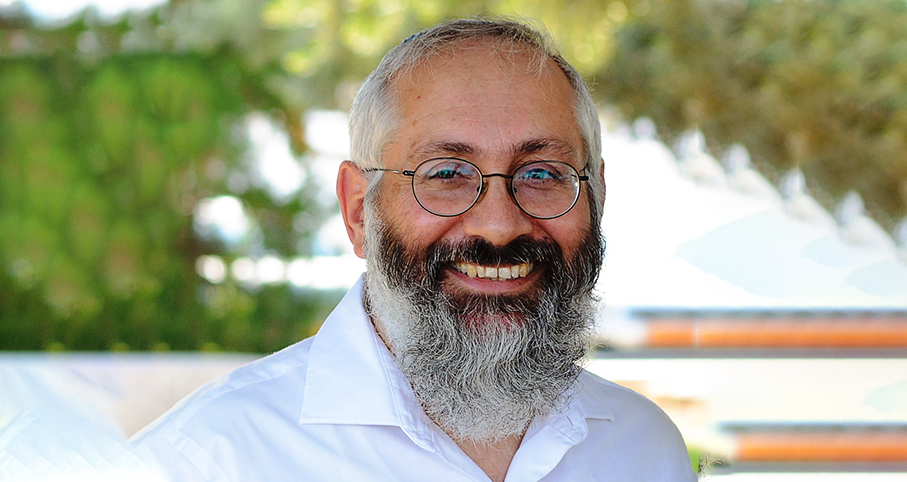Beit Midrash
- Sections
- Chemdat Yamim
- Parashat Hashavua
- Torah Portion and Tanach
- D'varim
- Nitzavim
In discussing Avshalom’s death and his own preparation for it, the root natzov is found three times in one pasuk (Shmuel II, 18:18) and once in the previous pasuk. The main context is in Avshalom’s erecting a matzeva, which most translate (see Rashi ad loc.) as a monument for himself called Yad Avshalom. The Radak explains that it was a grave which had a conspicuous headstone serving as a monument. We prefer to go in the direction suggested by the Targum Yonatan, that it was a kamata, which is the type of matzeva discussed by the Torah – a large stone which was once used for service of Hashem for libations of wine or oil. Matzevot became forbidden when they were adopted as part of the service of idolatry. The Sifrei (Shoftim 144) pointed out that such matzevot had been permitted at the time of the patriarchs only to become forbidden by the time the Torah had been given.
We have explained in the past that Avshalom had fomented the emotions of the people against David, who, in advancing the plan to build the Beit Hamikdash had thereby set into motion the prohibiting of sacrificing on private and local bamot (altars). It is possible that along the same lines, Avshalom had opposed the limiting of possibilities to serve Hashem by means of such once-beloved actions as libations on matzevot. In other words, he championed the idea of pluralism and individuality in the service of Hashem. For that reason, Avshalom erected a matzeva in a prominent place around Yerushalayim to attract those who wanted to use it in their individual manner of service of Hashem. Thus, this matzeva was not a monument or grave for Avshalom but was a statement of his support of ritual liberalism based on past practice. This summed up his life mission as a ben sorer u’moreh – by rebelling against his father, David, and his Father in the Heaven, who gave the Torah with all of its instructions and restrictions.
Let us pray that in our generation we will witness the full return of the Divine Presence, as represented by the root natzov and occurring in the merit of the unity of Klal Yisrael. We should not need to resort to manipulations of the divine desire like Avshalom promoted in order to excite the people who seek to serve Hashem.
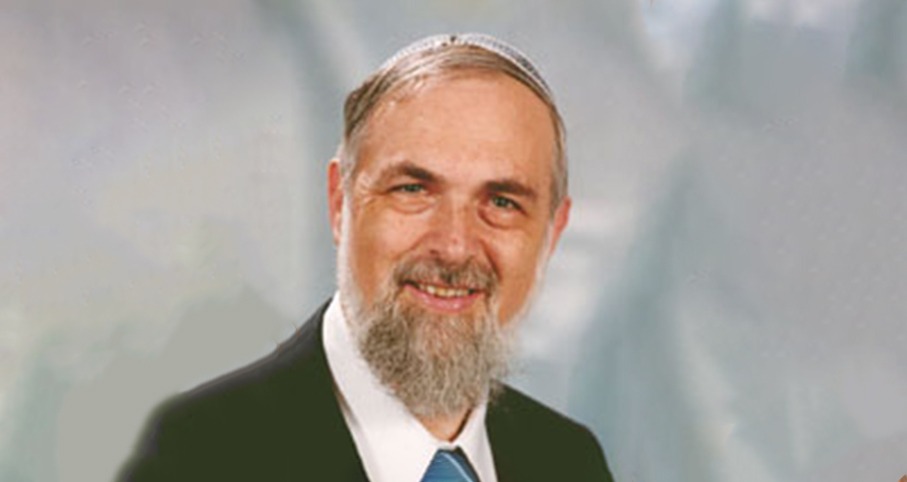
On Justice and the Right of Appeal – part III
Rabbi Yossef Carmel | 2 Adar I 5784

Pinchas – Scholar or Warrior or Both?
Various Rabbis | 5773

Parashat Hashavua: Nitzavim in the Parasha and by Yam Suf
Rabbi Yossef Carmel | Elul 5785

